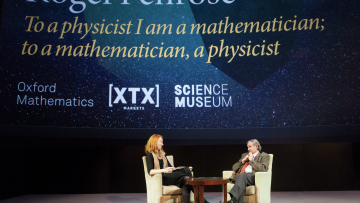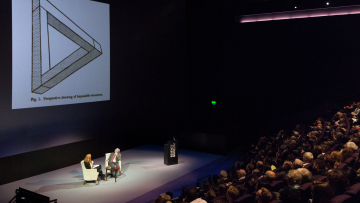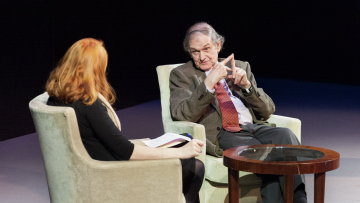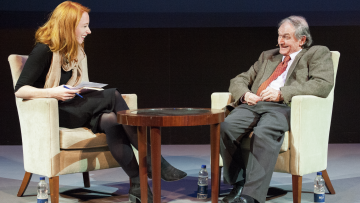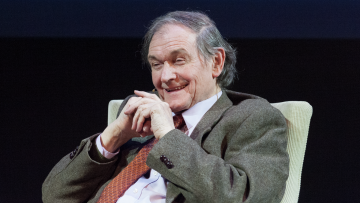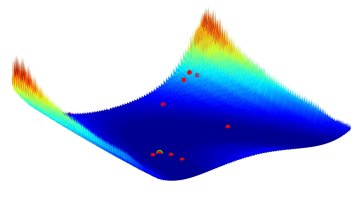11th Oxford Princeton Workshop on Financial Mathematics and Stochastic Analysis
Abstract
The Oxford-Princeton Workshops on Financial Mathematics & Stochastic Analysis have been held approximately every eighteen months since 2002, alternately in Princeton and Oxford. They bring together leading groups of researchers in, primarily, mathematical and computational finance from Oxford University and Princeton University to collaborate and interact. The series is organized by the Oxford Mathematical and Computational Finance Group, and at Princeton by the Department of Operations Research and Financial Engineering and the Bendheim Center for Finance.





